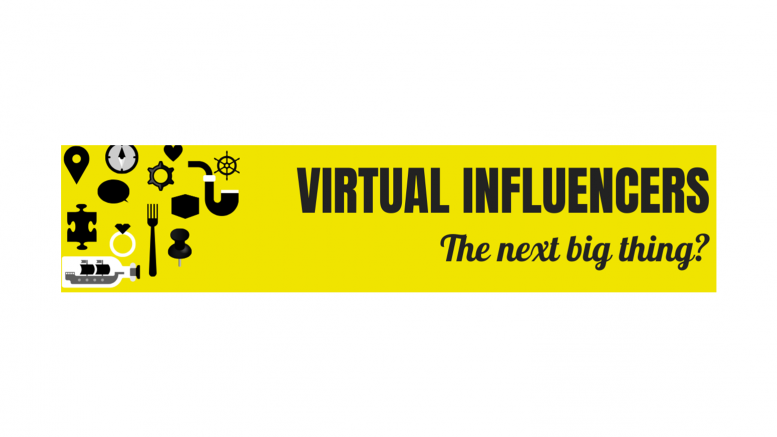I stumbled upon a story recently about a virtual Instagram influencer by Essence Cosmetics. Her name is Kenna and she is computer generated. She has freckles like a human being of that age or gender would have and she does look real. Essence introduced Kenna in an Instagram post, where the brand has 2.1 million followers. In around eight hours, the post received more than 7,500 likes. The brand had also created a personal Instagram account for Kenna, @thisis.kenna.
The story intrigued me, and I googled to find out more about virtual influencers and if brands in India have experimented with these virtual influencers. Always keen to experiment with influencer marketing, I found this initiative to be a really cool one. My research told me that early this year, KFC experimented by bringing its own virtual Colonel Sanders on its Instagram channel. More can be read about this campaign here. Some great content was being created online.
It made me think – we have heard about how technologies such as AI (Artificial Intelligence), VR (Virtual Reality) and AR (Augmented Reality) can impact PR and revolutionise the work we do in the PR profession. AI today, in other countries, is creating influencers to engage consumers and grab eyeballs. Brands in India are yet to do something like this but the question that kept coming back to my mind was whether this is impactful or a mere marketing gimmick? The answer to which I am yet to find. Given the online trolling of brands, they are anyway cautious of which marketing tactic to deploy; and this is troll-worthy tactic/ content. Nevertheless, before something becomes a norm, only a few brands can be brave enough to experiment with something like this.
Also, such influencers might be a great tool for marketing in the fashion industry, but can other industries follow suit as well? Would a virtual influencer be successful to bring an impact in other industries, say food, auto or technology? On top of that, will the well-informed consumer of today believe in the credibility and authenticity of the content created by a virtual influencer? That is something that applies to any influencer – how do you make sure that a clear CTA is being driven by the influencer you work with? A virtual influencer essentially puts the entire control in the hands of the brand – it becomes a new avenue of advertising rather than influencer marketing. Brands therefore would need to tread cautiously when exploring this territory.
Influencer marketing is the new buzzword in the marketing world of today. It has grown in the past few years for sure. Did you know that the English dictionary included the word ‘influencer’ only in May 2019? 94 percent of marketing strategists acknowledge the effectiveness of influencer marketing and 72 percent of them are willing to make larger budget allocations for it. The recent ICCO World PR report revealed that it is one of the skills that will be relevant in the future as well. However, with changes happening in the space such as Instagram considering hiding of ‘likes’, space is evolving, or dwindling is something that remains a difficult question to answer. While we continue to find this answer, this is here to stay. And all those budding influencers will have to really up their game to survive. As of now, it takes a significant pie of the marketing spends that brands are putting their money on.
Additionally, newer avenues are coming up. From food, tech and auto influencers, there are now specialised ones coming up as well such as parenting, BFSI, and education – where the right advice is what the audience wants to know rather than mere unboxing videos. The content will continue to be the king – whether it is through an AI-enabled influencer or a human influencer.
Interesting times ahead for sure!



Be the first to comment on "Virtual influencers – the next big thing?"